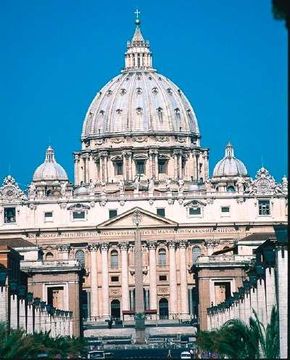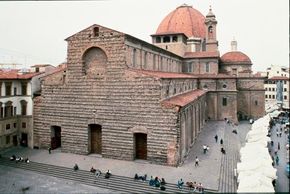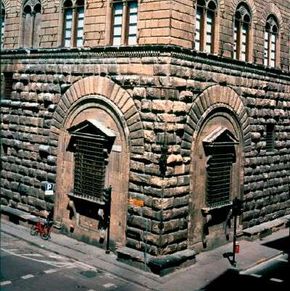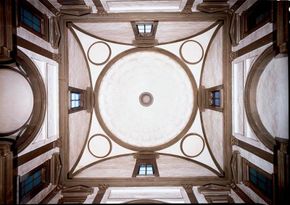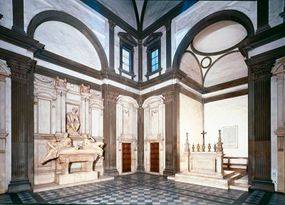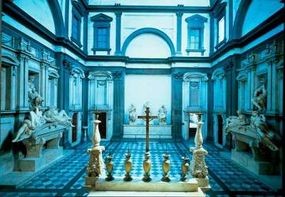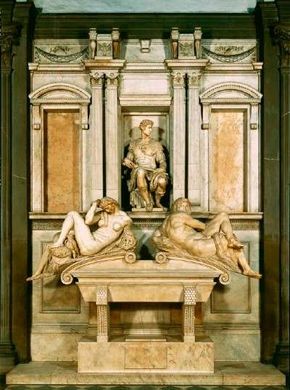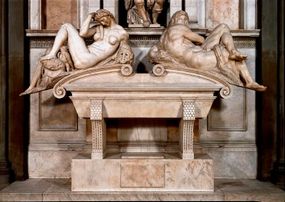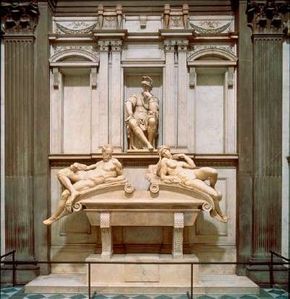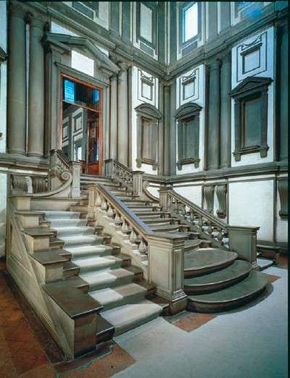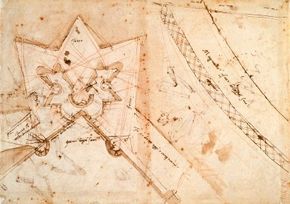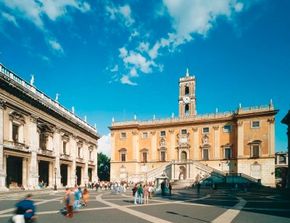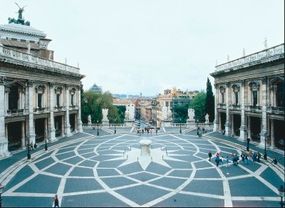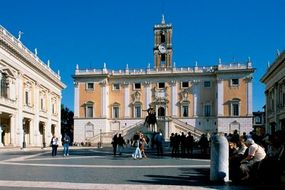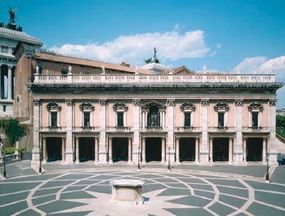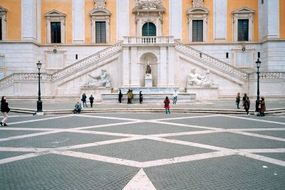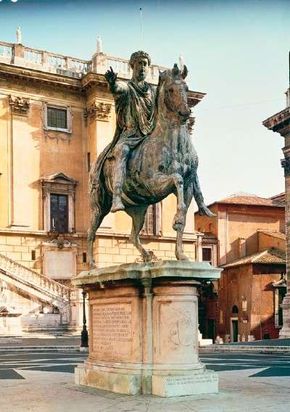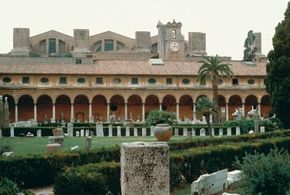Key Takeaways
- Michelangelo, renowned primarily as a sculptor, ventured into architecture with notable yet often uncompleted projects like the tomb of Julius II, the façade for San Lorenzo and the Medici Chapel, facing interruptions and changes that deviated from his original plans.
- His architectural endeavors, despite setbacks, showcase his enduring passion for design, with significant works including the innovative window design of the Palazzo Medici-Riccardi and the grand design of the Laurentian Library's staircase.
- Key commissions in his later years, such as the Piazza del Campidoglio in Rome, highlight Michelangelo's impact on urban planning and architectural innovation, blending his architectural vision with existing structures to create masterpieces of Renaissance architecture.
"I have never felt salvation in nature. I love cities above all. " This quote by Michelangelo describes his attitude toward art extremely well. Unlike one of his contemporaries, Leonardo Da Vinci, he did not draw on nature, but did his best to do away with it. This is perhaps more evident in his architecture than anywhere else.
In his drive to be known as a great sculptor, Michelangelo often declared that he was neither a painter nor an architect. In fact, he was both.
Advertisement
The artist's early sculptures emerged triumphant on the European stage before he reached the age of twenty-five. In his late thirties, and under pressure, he completed the most masterful and visionary example of fresco painting ever known: the ceiling of the Sistine Chapel.
Michelangelo's forays into architecture, namely the tomb of Julius II, the façade for San Lorenzo, and the Medici Chapel, had each entailed disappointment for Michelangelo. Project after project fell victim to interruption and change, and none was finished according to his original plans. Despite this failure to bring his grand architectural visions to completion, he never lost his passion for invention and design. At the age of sixty-five, he had yet to embark on two of the most important architectural commissions of his brilliant career.
In this article, some of Michelangelo's most important architectural works are explored. Follow the links below to learn the histories behind these works and the opposition between artist's anguish and his sense of divine designation.
- Basilica di San Lorenzo: The work of building a façade for the Basilica di San Lorenzo was commissioned by Pope Leo X, however; four years after its commencement, the contract was canceled. Find out why Michelangelo's first architectural project was never completed.
- Palazzo Medici-Riccardi Windows: Michelangelo's window design for this palace is one of the most influential of all times. Learn why it is known as a "kneeling window."
- Medici Chapel: Cardinal Guilio de' Medici commissioned Michelangelo to build a simple chapel to house tombs of this powerful Florentine family. Go to this page to read more about Michelangelo's difficult relationship with the Medicis.
- Tomb of Giuliano de' Medici: Go to this page to see one of the two tombs that are housed within the Medici Chapel, and explore the grandeur that Michelangelo bestowed upon these minor dukes' memories.
- Tomb of Lorenzo de' Medici: The other tomb in the Medici Chapel belongs to Lorenzo the Magnificent, who had been Michelangelo's early patron until his death in 1492. Learn more about this grand work.
- Laurentian Library: Michelangelo started work on the Laurentian Library although he was no longer on good terms with the Medici family. Learn more about this great architectural project.
- Study of Fortification for the Porta al Prato of Ognissanti: Michelangelo helped design fortifications for Rome during its war with the Florentine Medicis, however, none of his fortifications have survived except in drawing. Learn more about his fortifications.
- Piazza del Campidoglio: Michelangelo was commissioned with restoring the splendor of the past to this piazza on the Capitoline Hill. Read about the layout, the buildings, and the sculptures.
- Marcus Aurelius Statue Base: The actual statue of the Roman emperor is the only known bronze statue from antiquity to have survived. Read about Michelangelo's design for the base for this invaluable artifact.
- Farnese Palace Courtyard: Originally a work by Antonio da Sangallo, Michelangelo was brought in to finish this building, when da Sangallo died. See how he managed to tie together his own design with that of the original architect.
- Santa Maria degli Angeli: Michelangelo never finished this church, which was built on the ruins of the Roman Baths of Diocletian. Find out more about this unusual project.
Go to the next page to begin exploring Michelangelo's buildings with a close-up look at the Basilica di San Lorenzo.
To learn more about Michelangelo, art history, and other famous artists, see:
Advertisement
